
How to Use DFRobot Gravity Alcohol Sensor: Examples, Pinouts, and Specs
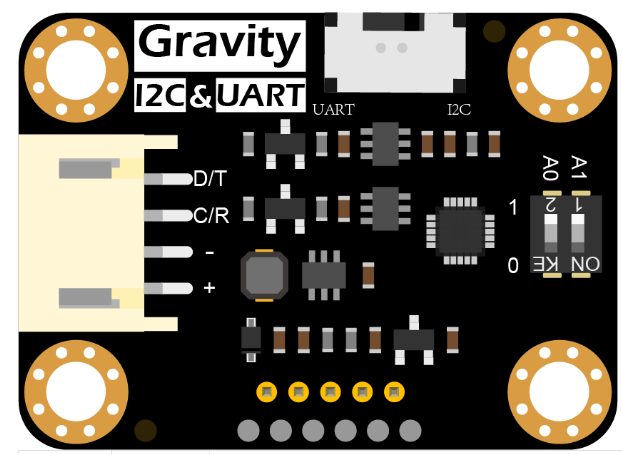
 Design with DFRobot Gravity Alcohol Sensor in Cirkit Designer
Design with DFRobot Gravity Alcohol Sensor in Cirkit DesignerIntroduction
The DFRobot Gravity Alcohol Sensor (SEN0376) is a high-performance sensor designed to detect the presence of alcohol in the air. It provides an analog output that corresponds to the alcohol concentration, making it suitable for a wide range of applications. This sensor is based on the MQ-3 gas sensor and is part of DFRobot's Gravity series, which ensures ease of use and compatibility with microcontrollers like Arduino.
Explore Projects Built with DFRobot Gravity Alcohol Sensor
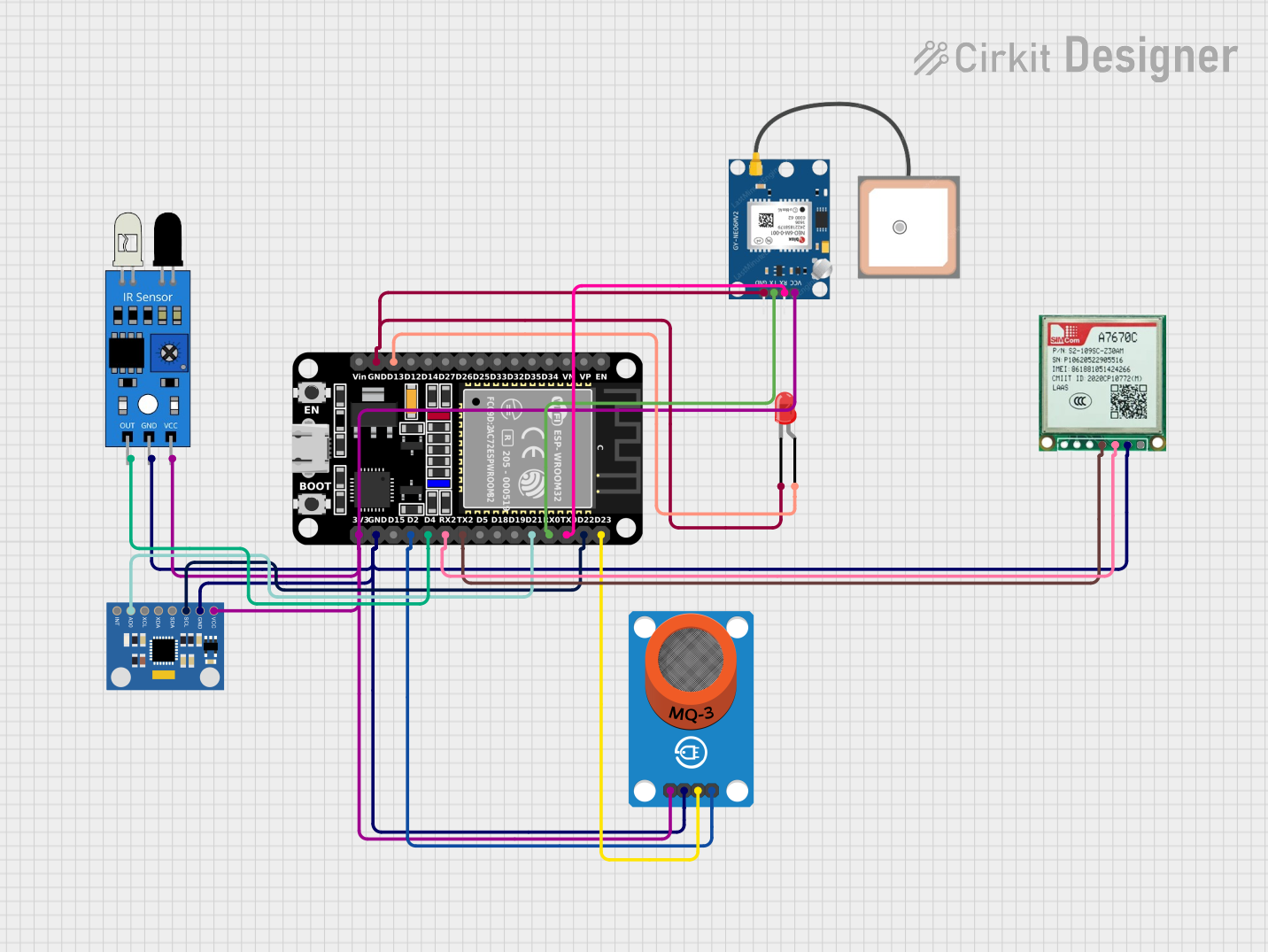
 Open Project in Cirkit Designer
Open Project in Cirkit Designer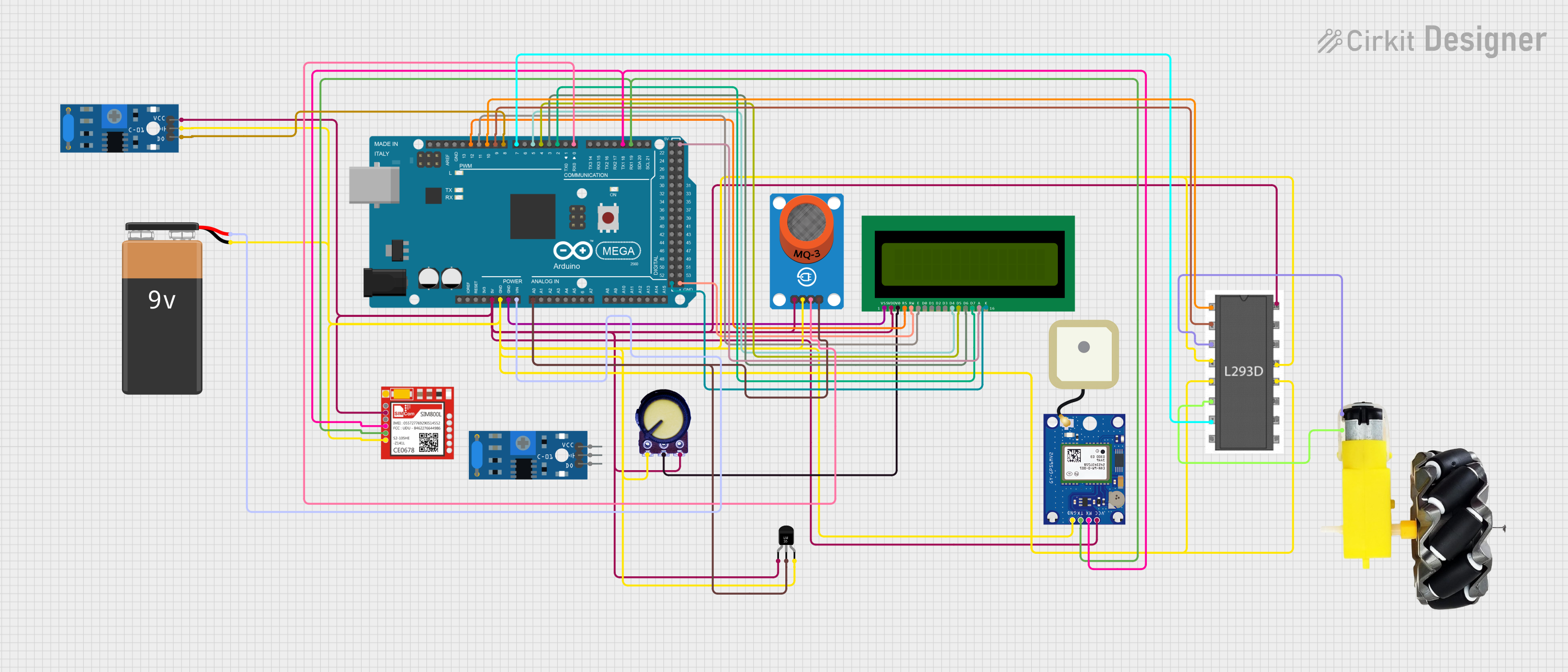
 Open Project in Cirkit Designer
Open Project in Cirkit Designer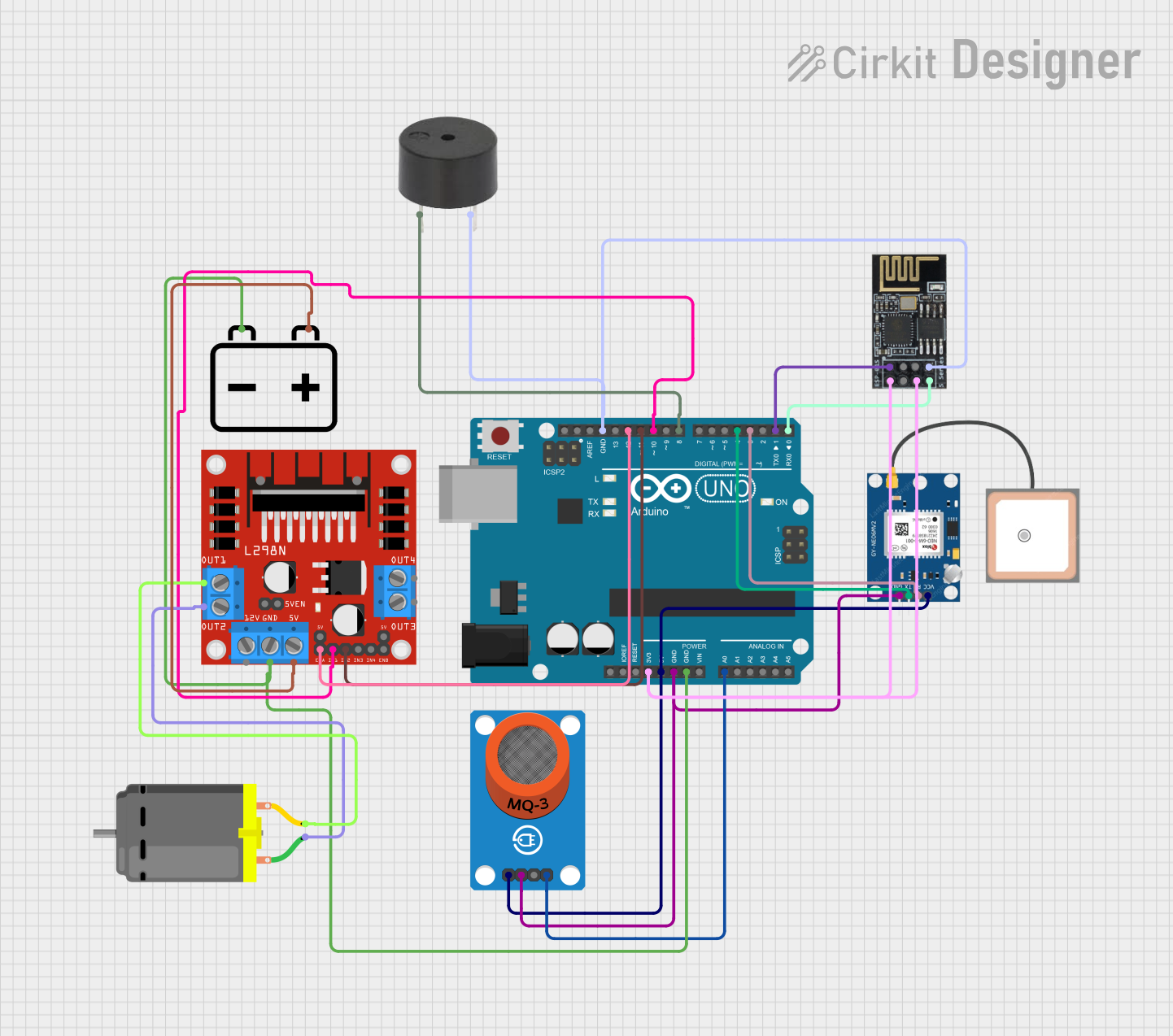
 Open Project in Cirkit Designer
Open Project in Cirkit Designer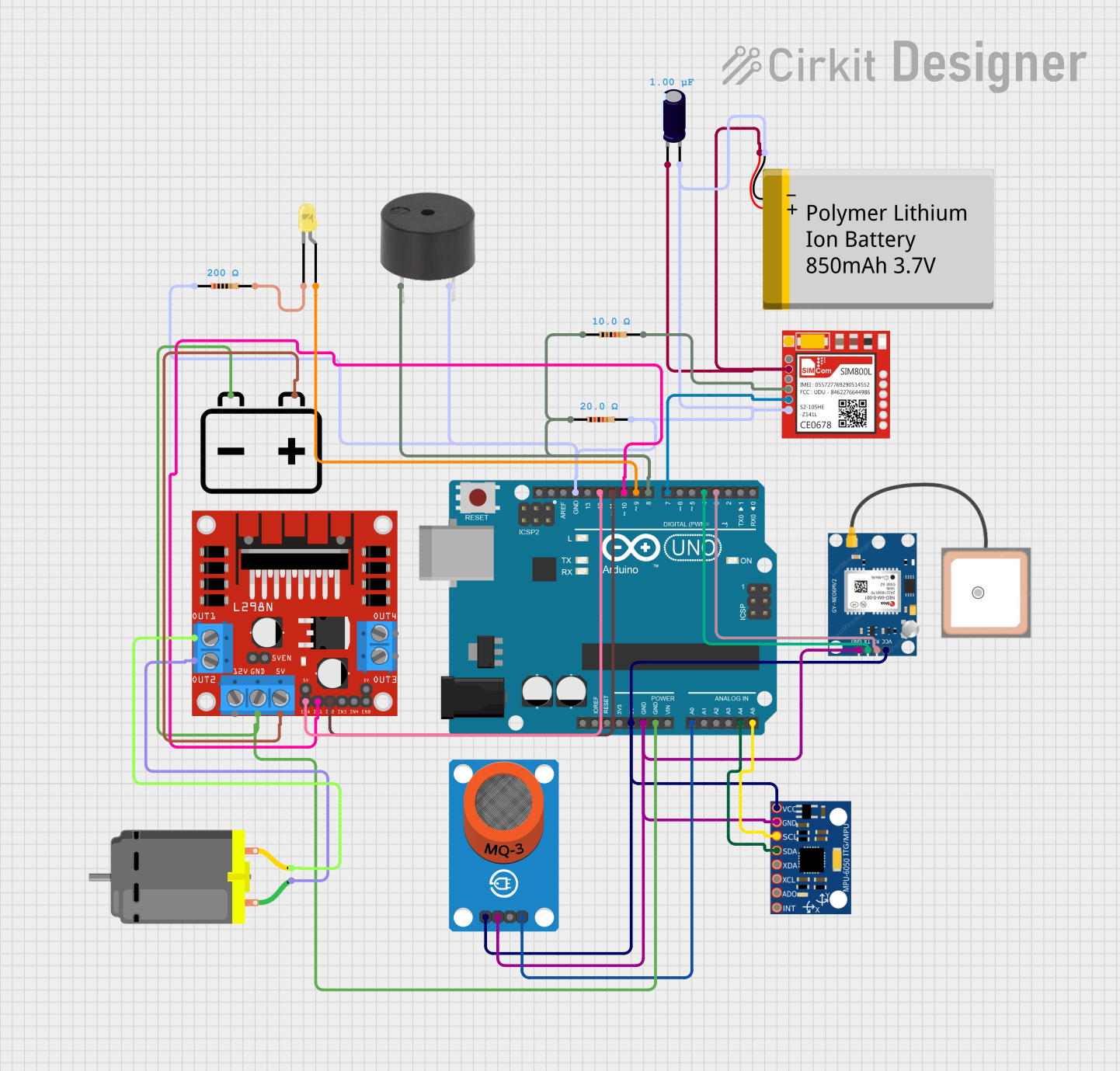
 Open Project in Cirkit Designer
Open Project in Cirkit DesignerExplore Projects Built with DFRobot Gravity Alcohol Sensor

 Open Project in Cirkit Designer
Open Project in Cirkit Designer
 Open Project in Cirkit Designer
Open Project in Cirkit Designer
 Open Project in Cirkit Designer
Open Project in Cirkit Designer
 Open Project in Cirkit Designer
Open Project in Cirkit DesignerCommon Applications and Use Cases
- Breathalyzers for alcohol detection
- Alcohol concentration monitoring in industrial environments
- Safety systems for detecting alcohol vapors
- Educational and prototyping projects
Technical Specifications
The following table outlines the key technical details of the DFRobot Gravity Alcohol Sensor:
| Parameter | Value |
|---|---|
| Operating Voltage | 5V DC |
| Output Signal | Analog voltage (0-5V) |
| Detection Range | 0.04 mg/L to 4 mg/L (alcohol) |
| Preheat Time | ≥ 24 hours |
| Operating Temperature | -10°C to 50°C |
| Sensitivity Adjustment | Potentiometer on the module |
| Dimensions | 32mm x 22mm |
Pin Configuration and Descriptions
The sensor module has a 3-pin interface for easy connection. The pinout is as follows:
| Pin | Label | Description |
|---|---|---|
| 1 | VCC | Power supply input (5V DC) |
| 2 | GND | Ground connection |
| 3 | AOUT | Analog output signal proportional to alcohol level |
Usage Instructions
How to Use the Component in a Circuit
- Power the Sensor: Connect the
VCCpin to a 5V power source and theGNDpin to ground. - Read the Output: Connect the
AOUTpin to an analog input pin on your microcontroller (e.g., Arduino). - Calibrate the Sensor: Allow the sensor to preheat for at least 24 hours before use to ensure accurate readings. Use the onboard potentiometer to adjust sensitivity if needed.
- Interpret the Output: The analog output voltage increases with higher alcohol concentrations. Use an analog-to-digital converter (ADC) to read and process the signal.
Important Considerations and Best Practices
- Preheating: The sensor requires a preheating period of at least 24 hours for optimal performance.
- Ventilation: Ensure proper ventilation around the sensor to avoid saturation or false readings.
- Avoid Contamination: Keep the sensor away from water, oil, or other contaminants that may affect its performance.
- Power Supply: Use a stable 5V power source to avoid fluctuations in the output signal.
Example Code for Arduino UNO
Below is an example of how to use the DFRobot Gravity Alcohol Sensor with an Arduino UNO:
// DFRobot Gravity Alcohol Sensor Example Code
// This code reads the analog output from the sensor and prints the value to the Serial Monitor.
const int alcoholSensorPin = A0; // Connect AOUT pin to Arduino analog pin A0
void setup() {
Serial.begin(9600); // Initialize serial communication at 9600 baud
pinMode(alcoholSensorPin, INPUT); // Set the sensor pin as input
}
void loop() {
int sensorValue = analogRead(alcoholSensorPin); // Read the analog value
float voltage = sensorValue * (5.0 / 1023.0); // Convert to voltage (0-5V)
// Print the raw sensor value and voltage to the Serial Monitor
Serial.print("Sensor Value: ");
Serial.print(sensorValue);
Serial.print(" | Voltage: ");
Serial.print(voltage);
Serial.println(" V");
delay(1000); // Wait for 1 second before the next reading
}
Troubleshooting and FAQs
Common Issues and Solutions
No Output or Incorrect Readings:
- Ensure the sensor is properly connected to the power supply and ground.
- Verify that the
AOUTpin is connected to the correct analog input pin on the microcontroller. - Check if the sensor has been preheated for at least 24 hours.
Fluctuating or Unstable Readings:
- Use a stable 5V power source to avoid voltage fluctuations.
- Ensure the sensor is placed in a well-ventilated area to prevent saturation.
Sensor Not Responding to Alcohol:
- Verify that the alcohol concentration is within the sensor's detection range (0.04 mg/L to 4 mg/L).
- Adjust the sensitivity using the onboard potentiometer.
FAQs
Q: Can this sensor detect alcohol in liquids?
A: No, the sensor is designed to detect alcohol vapors in the air, not in liquids.
Q: How long does the sensor last?
A: The sensor has a long lifespan if used under proper conditions, but its sensitivity may degrade over time. Regular calibration is recommended.
Q: Can I use this sensor with a 3.3V microcontroller?
A: The sensor requires a 5V power supply for proper operation. If your microcontroller operates at 3.3V, you may need a level shifter for the analog output.
Q: Is the sensor affected by other gases?
A: The sensor is primarily sensitive to alcohol but may respond to other gases. Proper calibration and testing are recommended for specific applications.